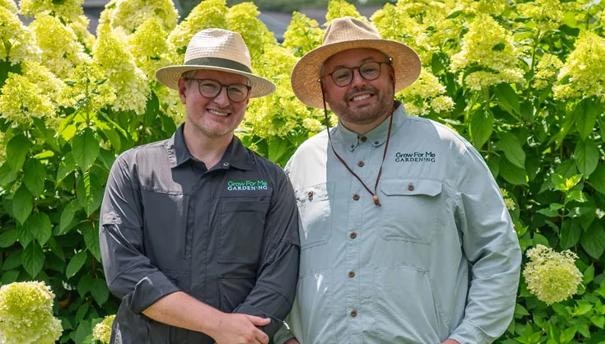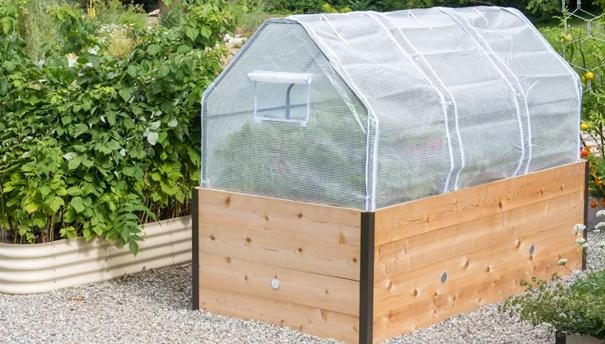These hosta shoots have been blanched, then tossed with olive oil, salt, and pepper. They’re ready for roasting! Hostas are at the perfect stage for harvesting; each shoot is still tightly wrapped and at its tender best. Be sure to harvest before they unfurl.

When you think about hostas (and daylilies and roses and dahlias), you probably focus on their appealing foliage and vibrant blooms. Surprisingly, these plants are delicious as well as lovely. In fact, many of our favorite garden plants can feed both body and soul. Here’s a quick peek at how to harvest and prepare hostas for maximum deliciousness and beauty throughout the growing season.
What are Hostas?
 Hostas are one of the world’s most popular shade plants. In the U.S., we grow them for their beauty alone, but in Japan Hosta montana is grown as a commercial crop. Plants are cultivated in greenhouses and kept covered to blanch/tenderize the foliage. Steamed or lightly boiled, then served with a miso-mustard sauce, they make a traditional spring dish.
Hostas are one of the world’s most popular shade plants. In the U.S., we grow them for their beauty alone, but in Japan Hosta montana is grown as a commercial crop. Plants are cultivated in greenhouses and kept covered to blanch/tenderize the foliage. Steamed or lightly boiled, then served with a miso-mustard sauce, they make a traditional spring dish.
I’m not suggesting you raze your shade garden or ransack the hosta collection at your local botanical garden. But when young shoots poke up through the ground in spring, why not experiment with a new vegetable? The taste varies among species and cultivars, but all are safe to eat.
The newest, tightest shoots are the most tender. Harvest them before the leaves start to unfurl. Shoots can be prepared in several ways. The taste is light, mild, and fresh, somewhere between lettuce and young spinach.
 In a pot of boiling water, blanch them whole, till tender. Toss with olive oil, salt and pepper; roast in the oven at 450 degrees F for 5 to 10 minutes, depending on the thickness. To add more flavor, sprinkle the roasted shoots with Parmesan cheese and broil just long enough to melt the cheese.
In a pot of boiling water, blanch them whole, till tender. Toss with olive oil, salt and pepper; roast in the oven at 450 degrees F for 5 to 10 minutes, depending on the thickness. To add more flavor, sprinkle the roasted shoots with Parmesan cheese and broil just long enough to melt the cheese.- Chop the raw shoots and stir fry them. Serve over pasta or rice, with garlic and soy.
For a heartier dish, wrap roasted hosta shoots in prosciutto and serve with a little pesto.
To preserve the integrity of your plant, harvest from the outer ring of shoots, working your way evenly around the circumference of the hosta. Don’t remove more than one-third of the shoots. If you’ve been meaning to divide your plants, why not set some shoots aside to serve for dinner? You’ll never look at a hosta the same way again.
About the author
 Ellen Zachos is the proprietor of Acme Plant Stuff, a garden design, installation, and maintenance company in New York City. She is a Harvard graduate, a garden writer and photographer, and an instructor at the New York Botanical Garden. Ellen is the author of six books, including Backyard Foraging: 65 Familiar Plants You Didn’t Know You Could Eat.
Ellen Zachos is the proprietor of Acme Plant Stuff, a garden design, installation, and maintenance company in New York City. She is a Harvard graduate, a garden writer and photographer, and an instructor at the New York Botanical Garden. Ellen is the author of six books, including Backyard Foraging: 65 Familiar Plants You Didn’t Know You Could Eat.




